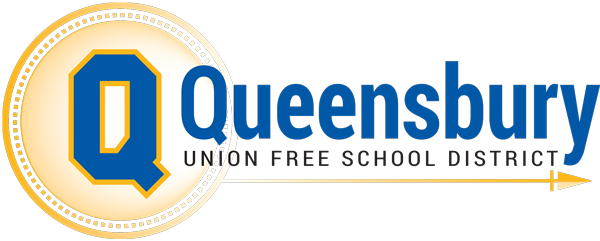Advocacy
Spreading the word
The following are ways in which the school community builds awareness of its priorities throughout the year.
January
The legislative session begins in Albany, and the governor typically delivers his executive budget by the end of the month. School advocates share their priorities via email and social media as well as by letter or during in-person meetings.
February and March
Various pro-education groups hold public rallies or lobby days in Albany.
June
The legislative session ends after school budgets are set for the following year, so advocates work to ensure no new unfunded/underfunded mandates are passed.
Summer to fall
Advocates visit local legislative offices to discuss their priorities for local schools.
Messages
Deliver your advocacy messages more effectively by telling gripping stories in brief presentations known as “laser talks.”
Identify the problem
In your laser talk, focus first on identifying a problem you want your listener to know about. Try to connect the problem to an issue the listener already cares about.
Present a solution
Next, inform the listener about a solution to the problem you just presented. Give examples of how the solution would work and why it would be effective. You might cite a recent study or use other credible statistics.
Issue a call to action
The final section of the laser talk is the call to action. Calls to action should be concrete, specific and include a “yes” or “no” question.
Work in a personal story
Try to include a compelling, personal story that expands on your laser talk.
Mandate relief
Solving the fiscal crisis for schools, taxpayers
New York schools provide vital programs and services to students and families throughout the state. State legislators and the Board of Regents often prescribe how these services should or can be provided through the passage of laws, regulations and guidelines, generally referred to as “mandates.” Unfortunately, these state mandates have created an environment of unsustainable rising costs for public schools.
How do mandates affect education?
Mandates are designed to help students by requiring greater accountability, by improving the quality of education and/or the educational environment, and by serving the interests of all students or specific student populations. Here are just a few examples:
Grades 3-8 and Regents exam testing, scoring, analysis and mailings to parents
Annual Professional Performance Reviews for teachers and principals
Common Core Standards adoption, implementation and curriculum realignment
Special education mandates
Internal and external audit requirements
Maintenance of a physical and dental health records for every student
Numerous plans and reports for the state Education Department
How are mandates causing a crisis for schools and taxpayers?
New mandates often come unfunded or underfunded, meaning districts must reduce non-mandated programs and services or pass on the cost to local taxpayers. Of the 151 mandates that “represent the greatest challenges to districts in terms of financial burden and required time,” 69 percent came with no funding. (source)
Almost every report released on the topic has outlined a series of recommendations on how to achieve mandate relief, but very few of the proposals have actually been enacted. In fact, the Legislature, governor, Board of Regents and the federal government regularly enact new mandates that districts must follow.
